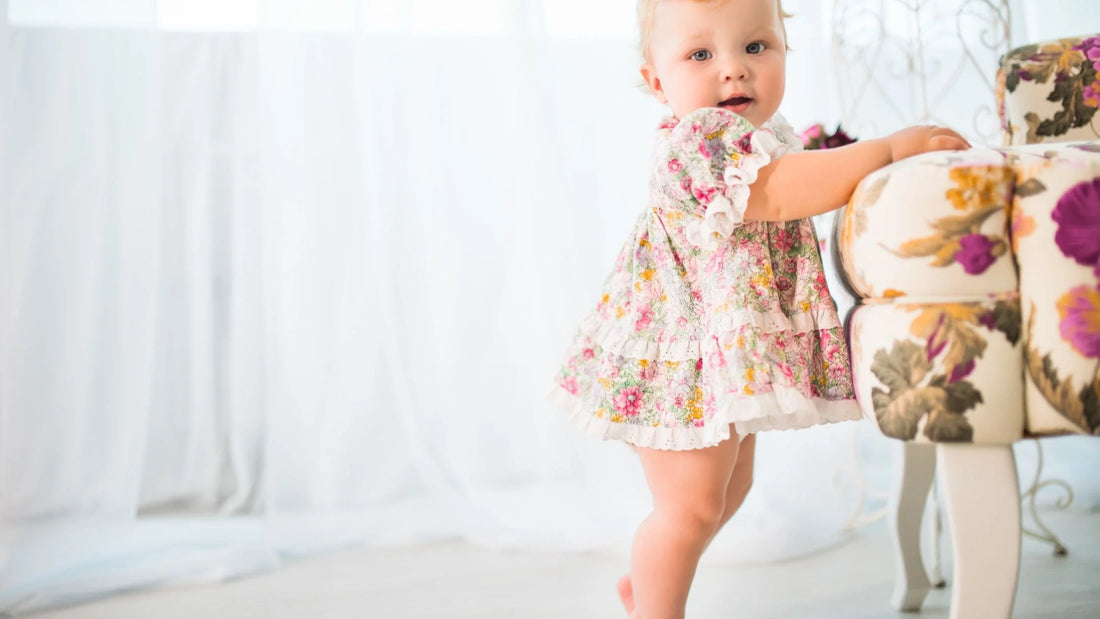10 month old baby: his psychomotor development
Your baby is becoming a speeding little Ferrari now that he has started crawling or creeping around the house.
In this article I will show you the main stages of psychomotor development of a 10-month-old baby.
Furthermore, I will report the red flags , that is, the red flags that can make you think of a delay in your child's psychomotor development.
What is psychomotor development?
Psychomotor development represents the child's global growth process. This means that it will include different areas:
- Motor and postural development;
- Socio-emotional development;
- The development of language and communication;
- Cognitive development.
Every child is different and has his own pace, but it is possible to identify some skills that are achieved by the newborn depending on his age.
In this article we will see in detail those that are acquired in the tenth month of life .
Problems with 10 month old newborns
Before looking at the developmental milestones of a 10-month-old baby, here are 2 problems that could arise during this month.
Baby doesn't crawl
Often parents are not told how important Tummy Time is from the first weeks and the consequence is the slowing down of the little one's motor development .
If your baby is not crawling because he has not had enough experience in the tummy position, know that it is possible to make up for lost time . Of course, if your baby is already over seven months old, hates being tummy-deep and sits a lot, it could take him two to five months to make up for lost time; this is normal.
What you certainly can (and should) do is offer your baby lots of fun while he or she remains tummy-deep and lie down with him or her at the same height to make him or her feel close to you.
Also, consider contacting a pediatric osteopath if your little one has been sitting for a long time as he or she may have developed contractures in the lumbar region .

Childproof house
The achievement of new stages that allow the child to move freely also leads him to discover the surrounding world with new eyes and a renewed interest in everyday objects such as chairs, lamps and drawers. Precisely for this reason it is important to consider that from now on also risks emerge, since the child does not yet have the ability to discern what is dangerous.
This phase requires parents to make the home environment safe for the child , without limiting their autonomous exploration. Furthermore, it is the adult's task to offer the child a place suitable for free motor skills, based on a relationship founded on safety and emotional support, in line with the Montessori philosophy.
In the video course “Safe Sleep and Baby Safety at Home” you will discover how to make your home completely safe to avoid domestic accidents.
Motor development newborn 10 months
Your 10-month-old baby should have started crawling and moving around the house . It’s also around this time that he or she learns to move from crawling to sitting and vice versa on his or her own.

It is precisely thanks to this ability to explore the surrounding environment that he will become attracted to furniture and sofas. This is how the child will begin to attach himself to furniture, boxes, chairs, sofas, etc. to kneel down and gradually try to stand up .
To stand up, the child will need, for the first time so far, his plantar support because, arriving in front of the piece of furniture, he will first kneel down, then he will hold on with his hands, then he will bend one leg to rest his foot and, finally, he will push himself upwards.

